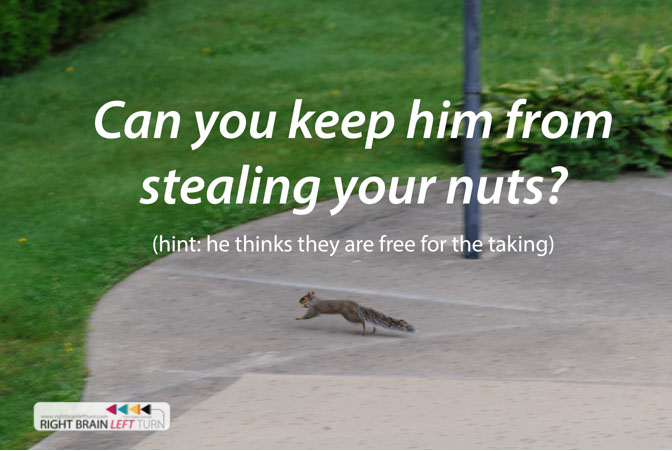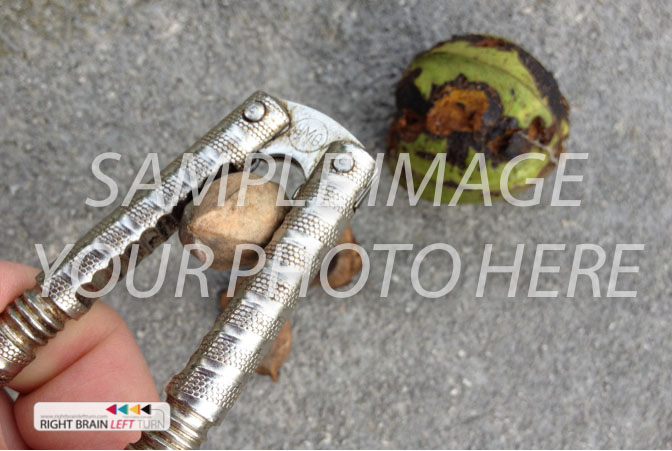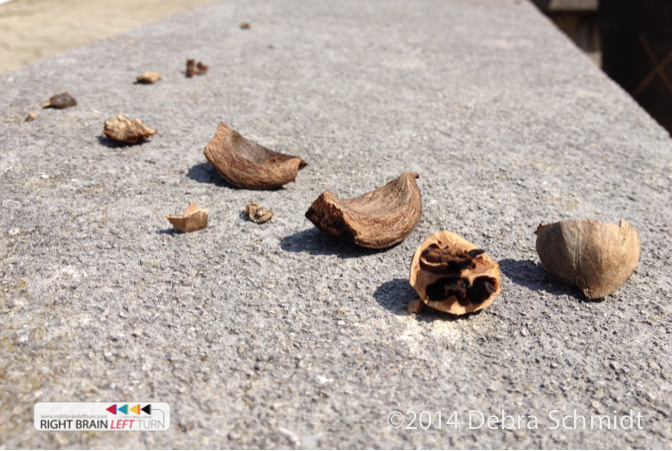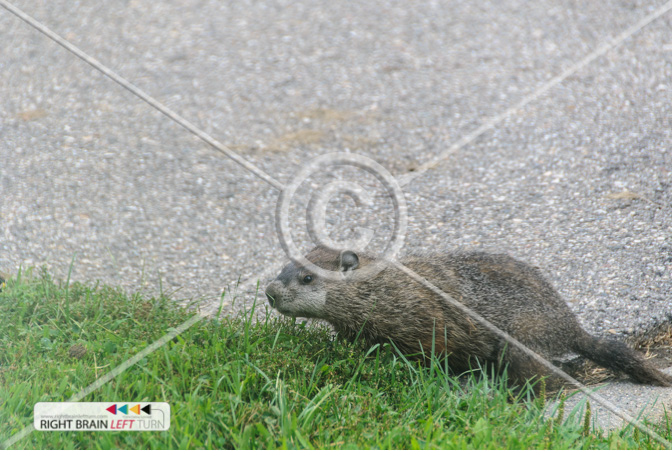
Some people think anything on the internet is available for their use. If it’s posted somewhere, it must be mine to use. No. No. No. (The squirrel has a whole different claim to a hickory nut crop!)
I remember the first watermarks I encountered. They were on elegant stationery that revealed a subtle crest or other pattern in the paper. I thought that was an indicator of fine paper.
Paper money and postage stamps were watermarked as well, but never caught my attention the same way.
Watermarking has been around since 13th century Italy when paper makers first used it to identify their products. They twisted wires twisted into shapes such as crosses or fruit or animals and then sewed those wires into their paper molds. When the paper was pressed into the molds, the wires would add their shape to the wet paper and therefore mark it so customers would know who had made the paper.
The processes have changed in this digital time, but the purposes remain. Photographers and designers who display their work online often add copyright information and/or watermarks to their work. Watermarking serves to identify the creator (or owner) of an design and to make counterfeiting difficult. Or sometimes, watermarking is used to convey information.

Sample Image watermark is used for templates and meant to indicate a photo should be replaced with your own. People could steal these or forget to exchange one for their own photograph.
The old watermarks would have been impossible to remove because the physical products could not have been altered that way. Some of them were undoubtedly copied and presented as originals. We see this with fake designer products today or, of course, with counterfeit money.
This is why the grocery store clerk will hold your twenty up to the light or swipe a marker across it to verify its authenticity. Marks integrated into the bill’s composition indicate its authenticity.
In the digital world of photography, the counterfeiting – copying – stealing – appropriating – borrowing – etc – works differently. No one tries to make an exact copy of your work. (Well, they might by setting up the same shot if they could, but that would technically be theirs.)
No, thieves with innocent or malicious intent or even entitlement mentality may take your work and try to erase your ownership of it. They may then present it as their own or make it just look like freely available work.
If you think a watermark with a copyright symbol does much to protect your work, think again. I tried to explain this to someone in a forum recently. She didn’t get it and thought anyone who knew who to remove a watermark must be a thief. Sigh.
Copyright information does inform a viewer that the image has an owner. People know less – or care less – about ownership than we would like. How many times have you heard a friend say, “Oh, I didn’t want to pay for it, so I just made copy. It doesn’t hurt anyone.” (Remember Napster from a few years ago?)
As visual designers who show our work online, we have to know what we are up against.

Yes, I know this one has two corner copyrights. The one on the bottom right is a simple copyright you may put anywhere. The one of the left is for identification if this image were shared and to keep them all consistent.
The easiest way to remove a visible watermark is to crop it out when it’s in a corner, right? The second easiest is to purchase some software and make the watermark go away.

Some photographers and stock photo companies like to add corner to corner lines and a copyright symbol or logo in the middle.
Yesterday when a “photo restoration” software was brought to my attention in another creative forum, I made a quick video to show how quickly, easily, and well an object can be removed from a photograph.
We, as photographers, clearly need to be aware of how easily this can be done and employ as many different tactics as possible to protect our work. This particular software is on a site registered to someone in the Russian Federation, a fact I found not very surprising. The truth is, we hear of a lot of hacking and image theft originating in China and Russia. Check eBay or Amazon or other big online markets to verify that for yourself.
Since watermarking is frowned upon by Google searches and now by Zazzle, we can rely on watermarks even less to protect our work because we can’t even use them.
How do we protect our work from theft? Or do we go after thieves after the act has already been committed?
Want to know more about watermarks? Check out the Wizard of Watermarks or The Memory of Paper.
If it weren’t very obvious anyway, I should let you know I am not a lawyer and I’m not playing one either.
